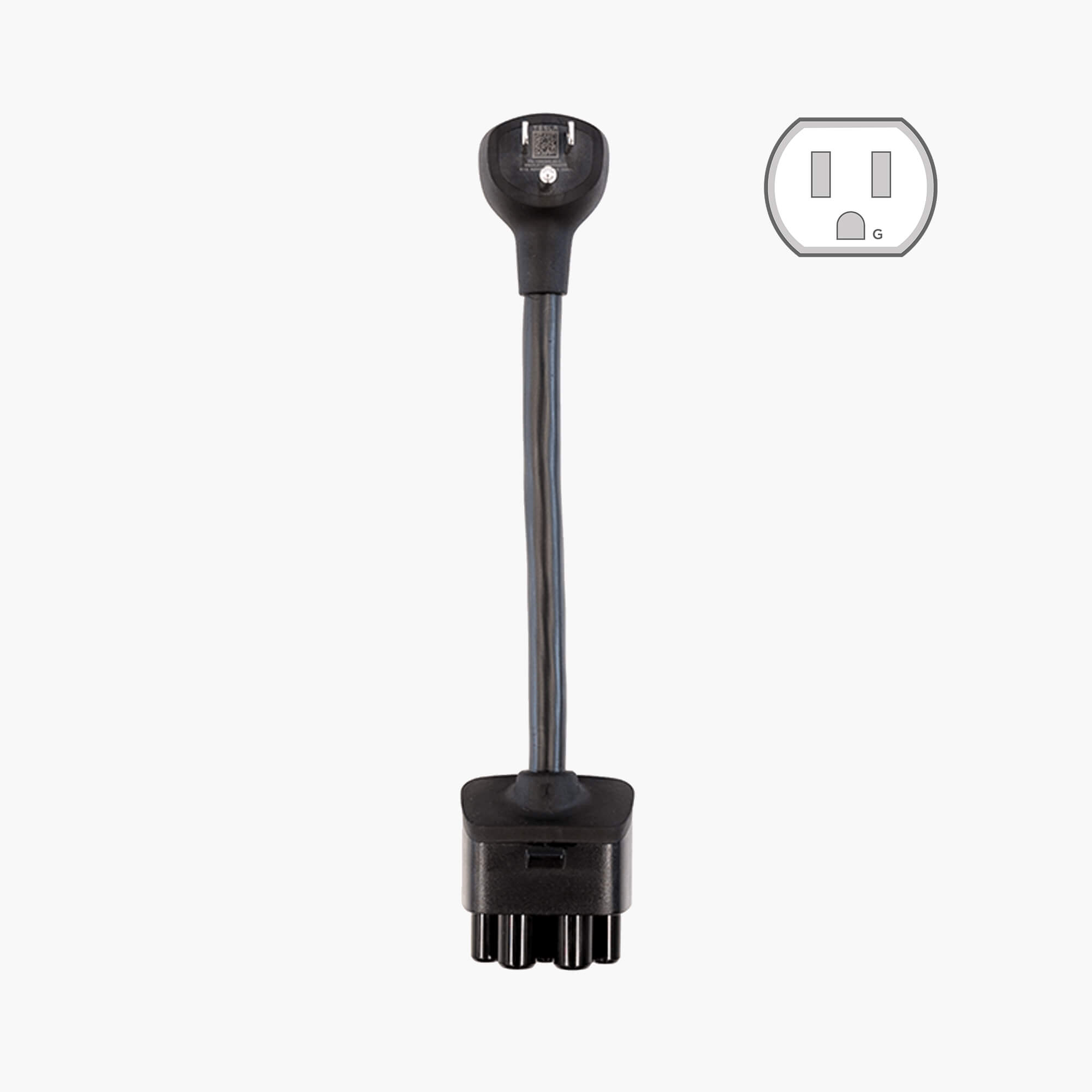Hi, first post. I pick up my Model Y on Tuesday.
My previous EV had the ability to set the maximum amps for charging in the car's menu. My Tesla advisor tells me this isn't an option with the Y. The setup I have is 50 amps available with this circuit split between two sockets. 24 of those amps are being used on one socket 24/7 for cryptocurrency mining equipment. The other socket is used to charge my current EV, I set the maximum charging rate at 15 amps (in the car's charge setting menu). Combined, it's a safe maximum of 39 amps being drawn from the 50 amp circuit. Since I don't have the ability to set charging amps in the Y - what are my options? The EVSE I currently have is a clipper creek 30 amp unit. It's pretty much a given, that I'd trip the 50 amp breaker as soon as I plug in the Tesla.
I guess one option is using the 5-20 plug that's supplied with the car + a NEMA 14-50 adapter. Any other ideas?
Thanks.
My previous EV had the ability to set the maximum amps for charging in the car's menu. My Tesla advisor tells me this isn't an option with the Y. The setup I have is 50 amps available with this circuit split between two sockets. 24 of those amps are being used on one socket 24/7 for cryptocurrency mining equipment. The other socket is used to charge my current EV, I set the maximum charging rate at 15 amps (in the car's charge setting menu). Combined, it's a safe maximum of 39 amps being drawn from the 50 amp circuit. Since I don't have the ability to set charging amps in the Y - what are my options? The EVSE I currently have is a clipper creek 30 amp unit. It's pretty much a given, that I'd trip the 50 amp breaker as soon as I plug in the Tesla.
I guess one option is using the 5-20 plug that's supplied with the car + a NEMA 14-50 adapter. Any other ideas?
Thanks.



